
Food Budgeting: First Steps
Author: be well™ with Big Y® Registered Dietitian Team
There are lots of ways to keep your weekly food budget in check. Here are two important details to help get you started.
Registered dietitian, Andrea Luttrell shares tips on how to get the most out of your food budget.
Whether your budget for food is big or small, there are always steps you can take to get the most out of your dollars (and calories!). We recommend taking these two steps first when becoming a savvy supermarket shopper.
Learn Your Needs
If you want to save money, you must minimize food waste. This means only buying what you’ll use.
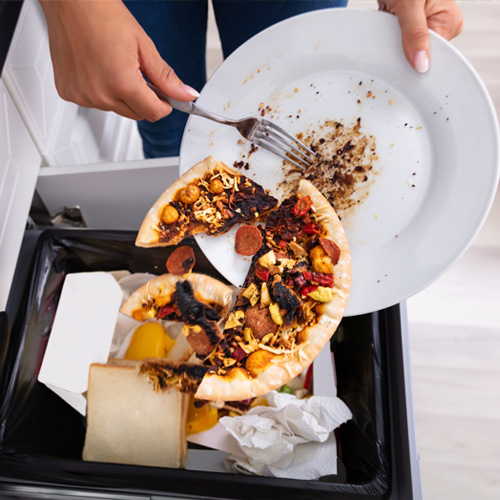
To help reduce food waste at home, learn your recommended Food Group goals. Once you know how much food to aim for each day, buy to your needs, versus buying too much or by cravings. This will help prevent overeating as well.
The Protein Foods Food Group provides a great example of how many of us buy more than we need.
A man between the ages of 31 to 59 is recommended to eat 6 to 7, 1-ounce (1-oz) servings of Protein Foods each day, according to the most recent Dietary Guidelines for Americans.
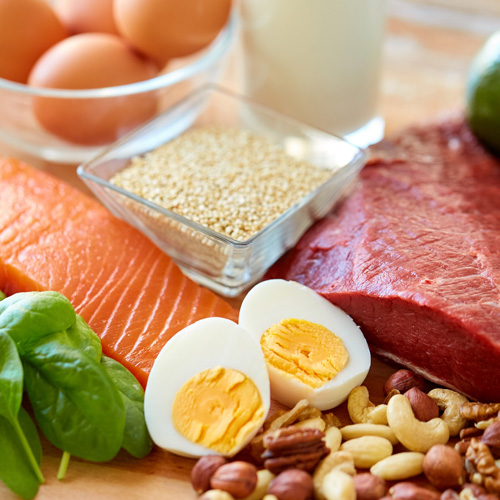
Six to seven, 1-oz servings (or equivalents) protein foods can be reached in various ways.
Here’s a few examples:
• 2 scrambled eggs at breakfast (2, 1-oz equivalents)
• 1 tablespoon peanut butter at snack (1, 1-oz equivalent)
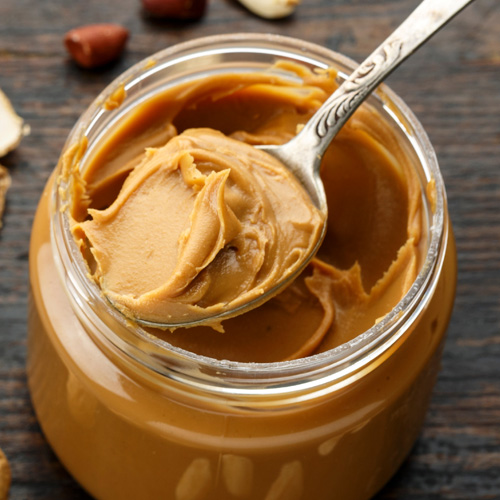
• 2 ounces chicken breast on a salad at lunch (2, 1-oz equivalents)
• ¼ cup black beans at snack (1, 1-oz equivalent)
• 1 ounce shrimp in a stir-fry at dinner (1, 1-oz equivalent)
Pro Tip: Learn how many servings your portion sizes provide. For example, in your favorite breakfast bowl, serve yourself a typical portion of cereal. Before digging in, measure the size of your portion with a ½-cup or 1-cup dry measuring cup. Compare your portion size to the number of servings recommended for your daily Grains Food Group goal. Are you over meeting your daily needs or undereating unknowingly? Create a MyPlate Plan at www.MyPlate.gov/MyPlate-Plan to learn more.
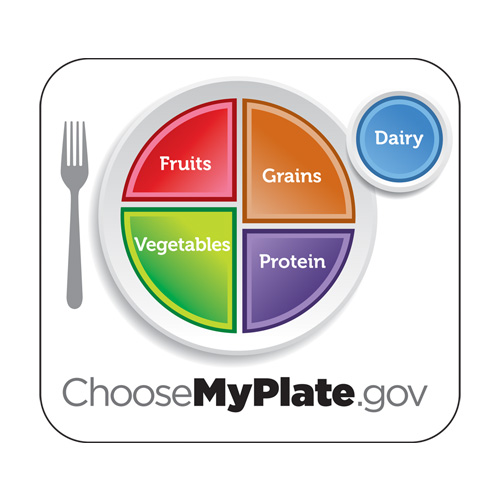
Meal Planning Master
Get your tools in order so you can do your very own supermarket sweep!
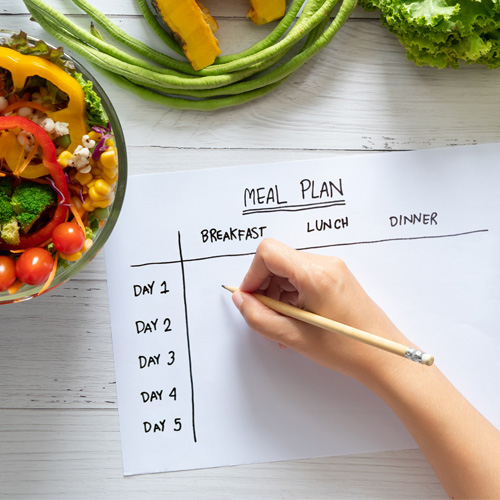
• Eat a snack before putting together a shopping list.
• Look at foods and supplies you already have on hand.
• Check out circulars AND weekly offers tailored just for you by logging into your myBigY account on BigY.com.
• Verify if you qualify for food assistance such as SNAP or WIC benefits.
• Create a menu plan for the week ahead. Figure out daily meals by utilizing leftovers from larger meals in smaller, subsequent meals. For example, repurpose leftover roasted vegetables from dinner in a morning omelet and rotisserie chicken in a salad at lunch.

• When shopping, online or in-person, eat a snack beforehand so you stick to your list.
• Mix up sources of protein. Go plant based 1 to 2 times per week to offset the higher cost of meat.
• Vary fruits and vegetables. Choose fresh, frozen, dried, canned and juice throughout the week.
• Say yes to private label brands like Big Y, Food Club, Full Circle Market, Culinary Tours and TopCare for same quality products at lower costs.
• Buy local, in season when available—but check prices. Options may or may not be the most affordable. Any slight price difference, though, may not matter if you value supporting the farms and farmers in your local community.
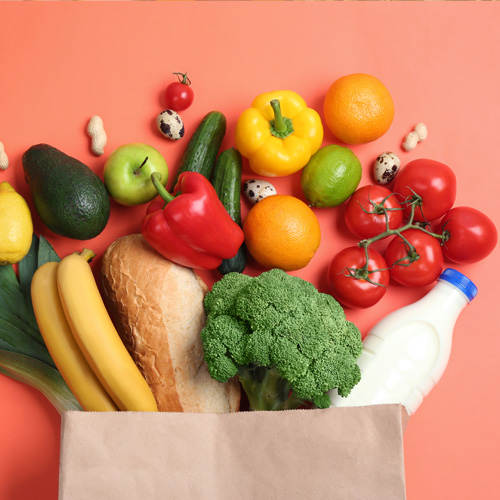
Published 2/21/2022


